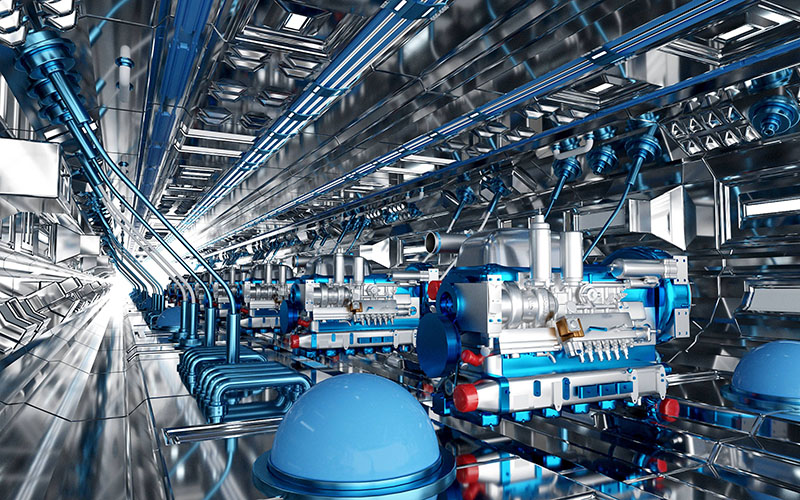Understanding SIL Ratings for Safety Instrumented Systems: A Beginner’s Guide for PLC & DCS Applications
What Exactly is a Safety Instrumented System (SIS)?
A Safety Instrumented System (SIS) is a critical layer of protection. Engineers design it to prevent or mitigate hazardous events. The SIS operates independently from the basic process control system (BPCS). It takes specific actions when dangerous conditions are detected. Think of it as an emergency shutdown system.
Introducing Safety Integrity Levels (SIL)
Safety Integrity Levels (SIL) are a measure of safety system performance. They define the probability of a safety function failing dangerously. SIL ratings range from 1 to 4. SIL 4 represents the highest level of safety integrity. The required SIL depends on the specific hazard and risk assessment.

The Importance of SIL in PLC & DCS Applications
In industrial automation, PLCs and DCS systems often implement safety functions. Understanding SIL is crucial for designing and verifying these safety loops. Selecting the correct hardware and software certified for the required SIL is essential. This ensures the safety system performs reliably when needed.
Key Factors Determining SIL Requirements
Several factors influence the required SIL for a safety function. These include the severity of the potential hazard. The frequency of the hazardous event is also a key consideration. The probability of failure on demand (PFD) is a quantitative measure. Risk assessment methodologies help determine the appropriate SIL.

Understanding the SIL Rating Levels (SIL 1-4)
Each SIL level corresponds to a specific range of PFD. SIL 1 has a higher probability of failure compared to SIL 4. Higher SIL levels demand more stringent design and testing requirements. The cost and complexity of the safety system generally increase with the SIL rating. Choosing the right SIL balances risk reduction and implementation feasibility.
Practical Implications for PLC & DCS Engineers
For engineers working with PLC and DCS, understanding SIL impacts several aspects. This includes hardware selection, software development, and system testing. Documentation and validation processes are also critical for SIL-rated systems. Continuous verification and maintenance ensure the integrity of the safety function throughout its lifecycle.












LEAVE A COMMENT